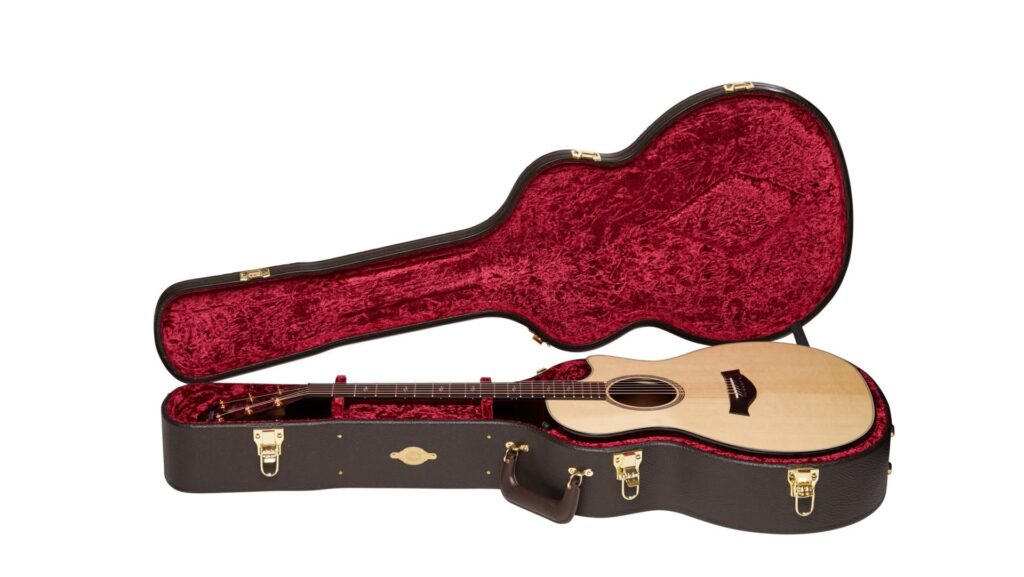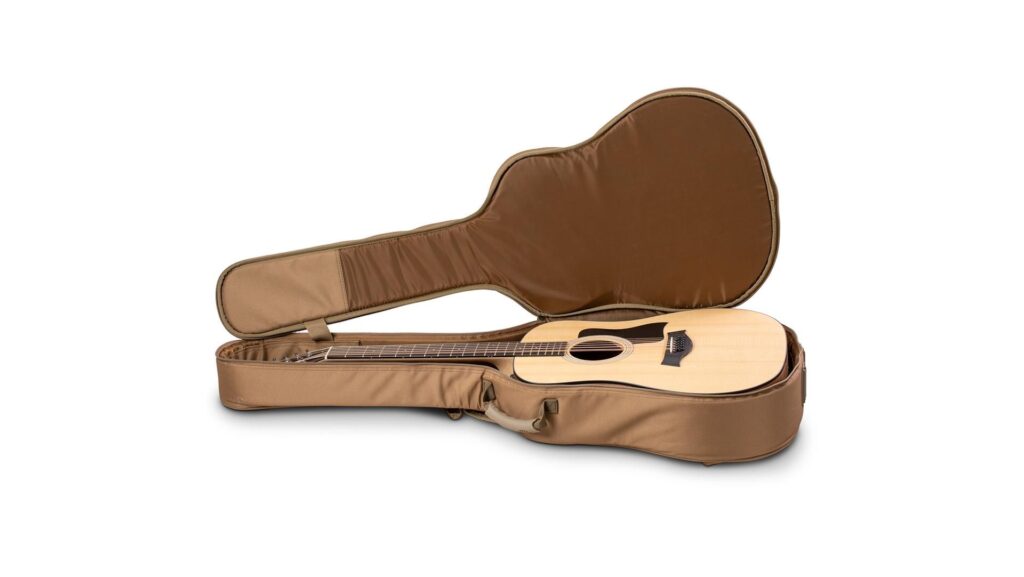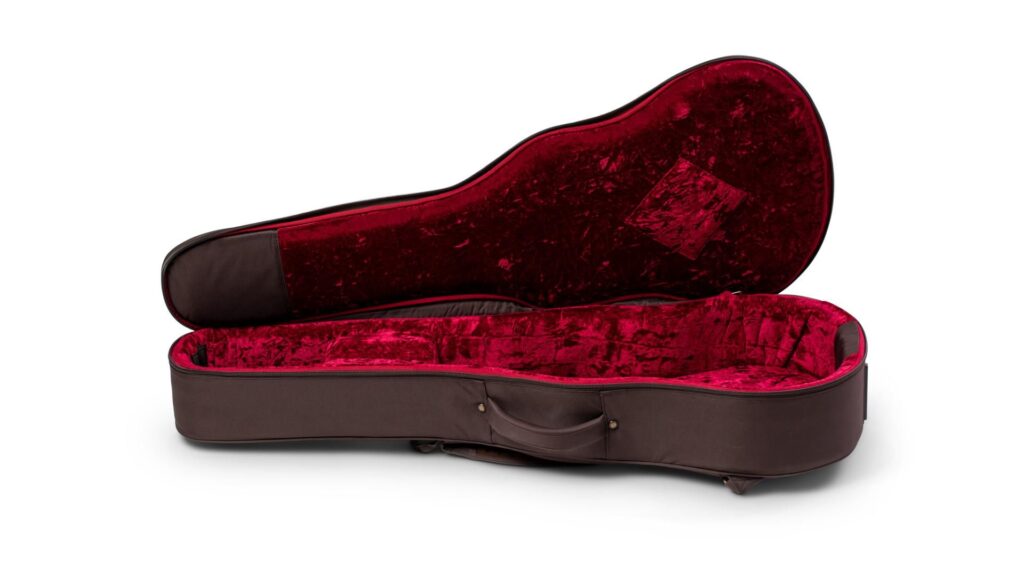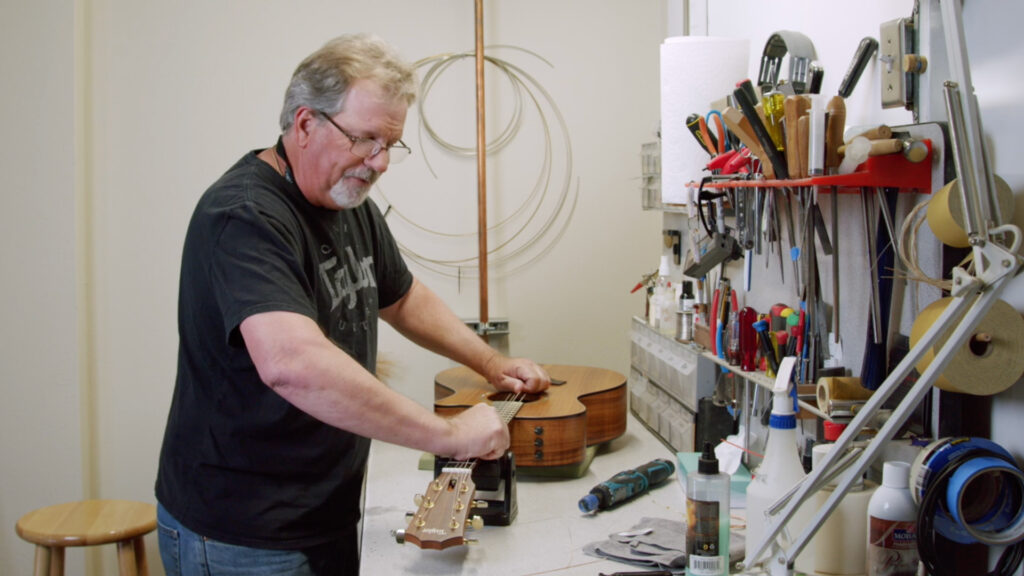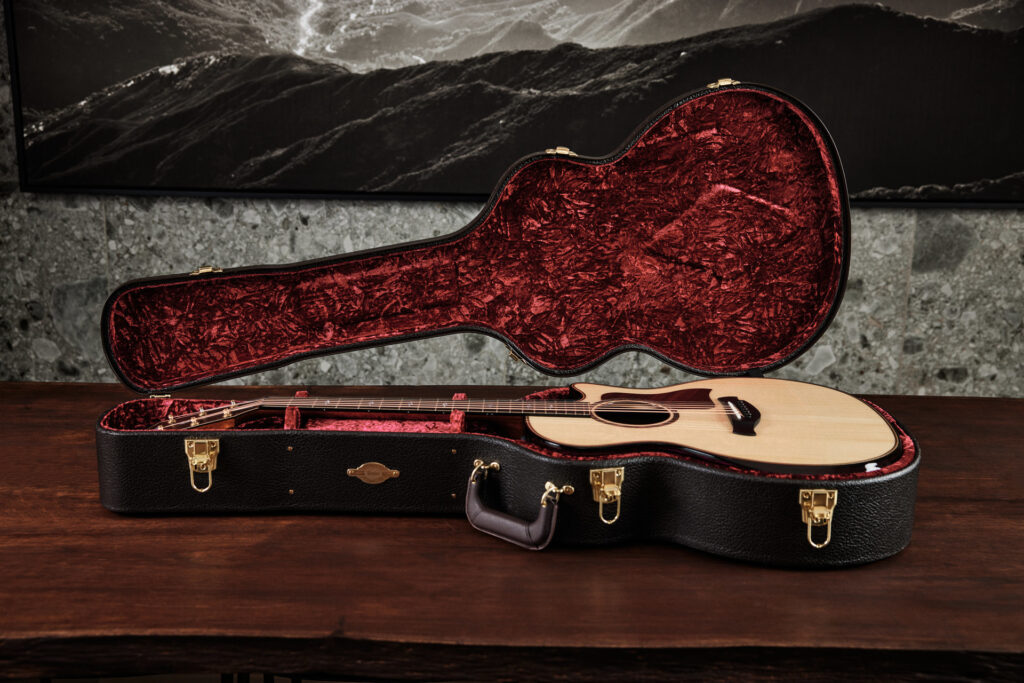Summer is upon us, and for many guitarists, that means breaking out the acoustic and getting outside to make some music in the sun. But with the warmer weather and all the traveling with your guitar, it’s important to remember that your acoustic needs love. Changes in temperature and humidity can affect your guitar, and in some cases can cause damage. So how do you take care of your acoustic guitar during the summer, or when you’re traveling? Read on for our tips.
Don’t leave your guitar in the hot car.
Think of your guitar like your pet. If it’s too hot to leave your dog in the car, don’t leave your guitar there, either. When traveling with an acoustic guitar on a hot summer day, exposure to extreme heat inside a car can cause a guitar’s wood glues to soften and the bridge to come loose under the pull of the string tension. In extreme cases, other guitar components can even begin to separate. If you must keep your guitar in the car on a hot day, try to find a shady parking spot or use windshield shades and crack the windows.
Use care when flying with your guitar.
Ideally, you’d only take your acoustic guitar with you on an airplane if you have a TSA-approved flight case, which are available from brands like SKB. These are built to take care of your acoustic guitar, and withstand falls and impacts without damaging your instrument, and are equipped with locks that TSA won’t have to break when they examine your case.
If you need to fly with your guitar and you don’t have a flight case, here are a couple things to keep in mind. The U.S. Department of Transportation (DOT) says that small musical instruments—travel-size guitars—can be transported as your one carry-on baggage item if there is room in the overhead compartment when you board and the instrument can be stowed safely. Keep in mind that this policy applies only to U.S.-based airlines. Be sure to check with your airline carrier on specifics and limitations of these rules, and give yourself extra time at the airport.
As a service to instrument owners, the DOT has put together an online information guide for flying with a guitar. You’ll also find links to advice from the Transportation Security Administration (TSA) on carrying guitars through screening checkpoints, a central overview of the individual policies of most U.S. airlines, and Frequently Asked Questions. Here’s a link to their guidelines:
www.dot.gov/airconsumer/air-travel-musical-instruments
If you need new protection for your Taylor guitar, visit the TaylorWare shop for hardshell guitar cases, padded gig bags, AeroCases and more.
Use a humidity detector (hygrometer)
Understanding the humidity conditions around your guitar and how they can affect your instrument is the first step toward understanding how to take care of your acoustic guitar. Depending on the summer conditions where you live, it may get really humid outside. Running an air conditioner tends to lower the relative humidity, which can help. Either way, be sure to use a digital hygrometer (they’re more accurate than the needle variety). It can be kept in the room where you store your guitars, or, better yet, in a central location inside the guitar case, preferably Velcro’d to the outside of the accessories compartment (facing the heel of the guitar). You want to know where you stand so you can…
Humidify or dehumidify your guitar if needed.
Among the acoustic guitar humidification products we recommend is D’Addario’s Two-Way Humidification System because the moisture-filled packets are formulated to either release or absorb moisture to consistently maintain a predetermined relative humidity (RH) level of 45-50 percent. In areas with extreme or year-round high humidity, place several silica gel or bamboo charcoal packs in the guitar case to absorb excess moisture and change them every few months. Another solution is to periodically remove the guitar and blow-dry the interior of the case with a hair dryer for 10 minutes.
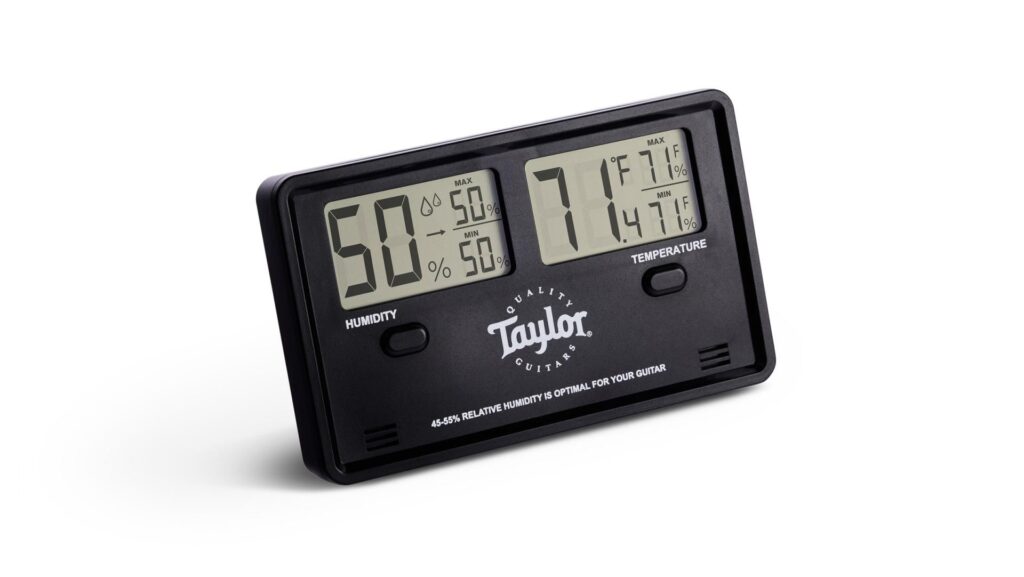
If you live in a dry climate, like the American Rocky Mountain region or even our home in Southern California, you’ll want to keep your guitar in its case (unless you have a fully climate-controlled room) and use a case humidifier like the D’Addario system mentioned above. Many brands also make case humidifiers that utilize sponges to gradually release moisture—if you go with one of these, make sure to buy a couple gallons of distilled water to wet the sponge so that it doesn’t grow mold. Watch the video below for more details on the relationship between acoustic guitars and humidity.
Clean your guitar and change your strings regularly
Warm weather leads to more perspiration on your strings, neck and guitar body as you play. As you wipe down the strings, keep an eye out for the buildup of grime on the fretboard. This can be transferred to the underside of your strings and compromise their tone or ability to stay in tune. Consequently, in the summer months consider changing your strings more frequently depending on the frequency and environment in which you play.

When strings collect moisture from sweat or finger oils, they can begin to rust if left on the guitar for too long. At best, they’ll start to sound dull and lifeless. At Taylor, we string up our guitars with D’Addario XS Coated Phosphor Bronze strings, which are specifically designed to maintain their fresh tone longer than standard strings. You can find D’Addario strings at the TaylorWare shop or your local dealer. Watch the video below from Taylor Service Network Manager Rob Magargal to learn more about how to change your guitar strings.
Changing your strings often is a great way to keep your guitar feeling and sounding fresh, and when you do, take advantage of the opportunity to…
Condition your fretboard
Once you’ve removed the strings, cover the guitar’s soundhole with a towel and clean the fretboard with .0000 gauge steel wool. Rub lengthwise with the grain. You can rub pretty hard without damaging an ebony fretboard, but be careful not to let it touch the body. If the fretboard looks dry, consider adding a little fretboard conditioning oil. (We suggest using our Taylor Fretboard oil and conditioning products or boiled linseed oil.) The best way to apply conditioning oil is to pour a little on a decent microfiber cloth and apply it to each section of the fretboard. Let it sink in for a bit, then clean off any excess. You shouldn’t see or feel any liquid on the fretboard when you’re done, but the ebony should have a nice, clean shine. Over time, dry fretboards can crack, so this is a great way to ensure a long, healthy life for your guitar.
More on Acoustic Guitar Maintenance
Head over to digital Wood&Steel for a rundown of guitar care essentials and make sure your guitar is in great shape throughout the year.

























